ON THE NARROW PATH ACROSS THE WOODS
As the title clearly said :D ...
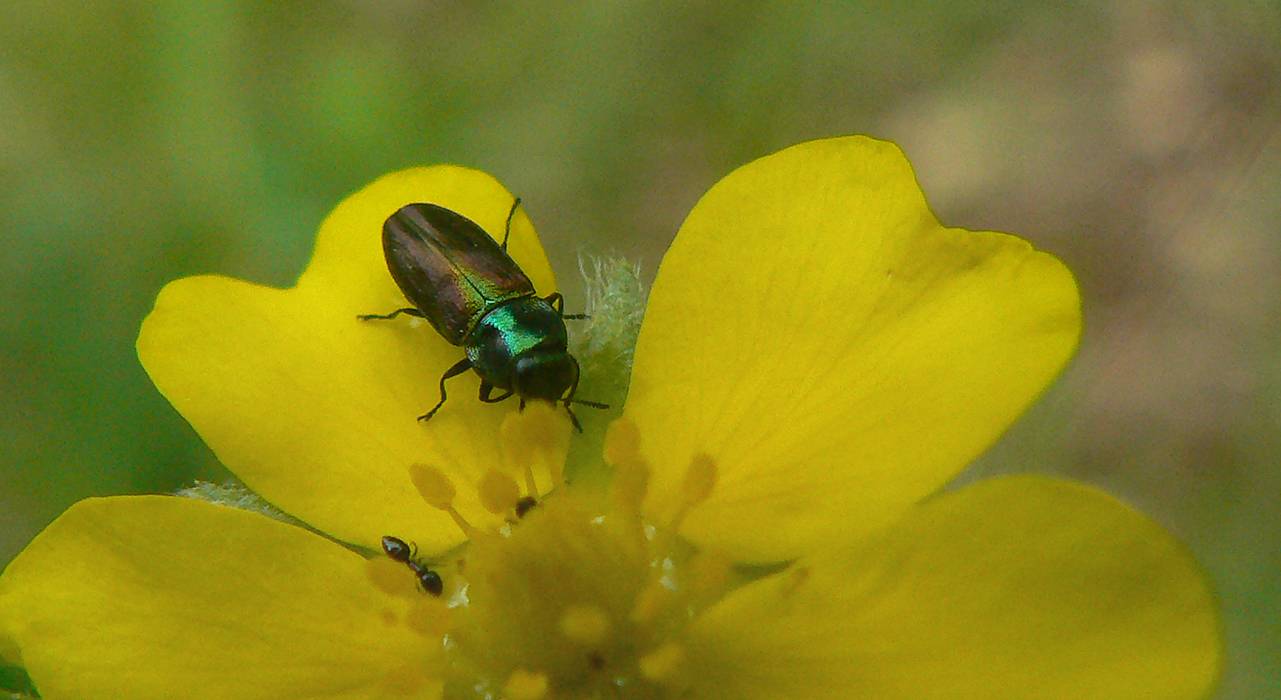
... this happened on the narrow path that leads through the woods to the sea shore.
A minuscule jewel beetle from the genus Anthaxia, probably the Anthaxia salicis species was exploring this yellow flower ... and some even smaller (much smaller) ants were feeding in the center of the same flower.
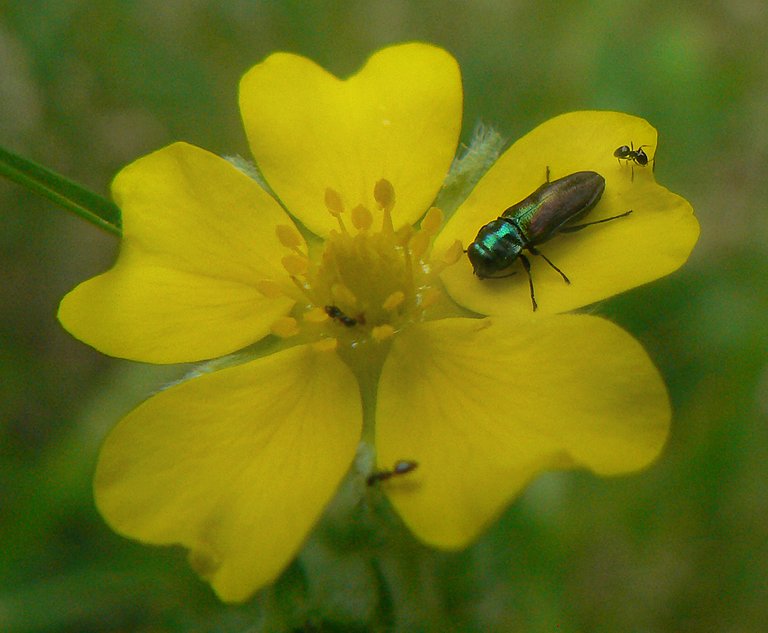
Seen from a certain distance, it looked like a harmonious scene ...
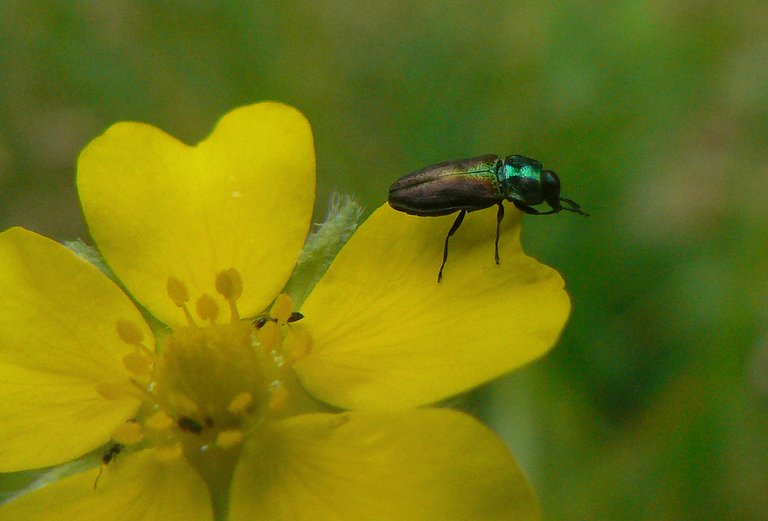
... with some beautiful, vivid colors on display.
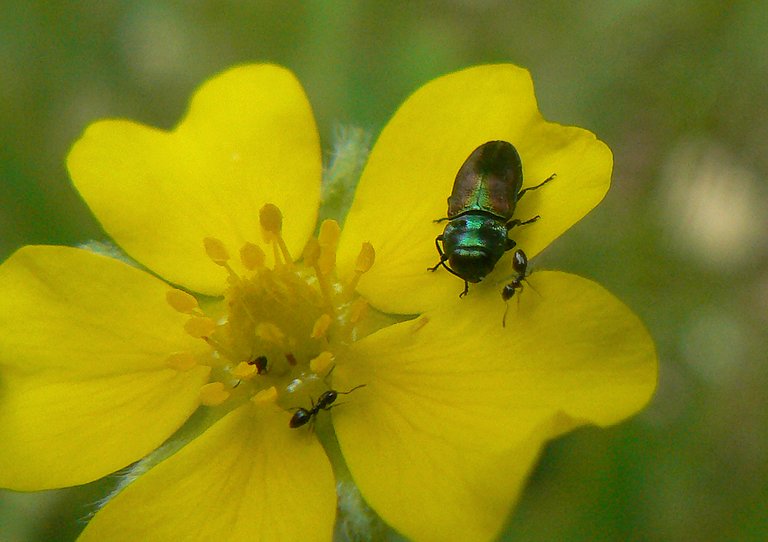
But when I came closer ... and took a better look ...
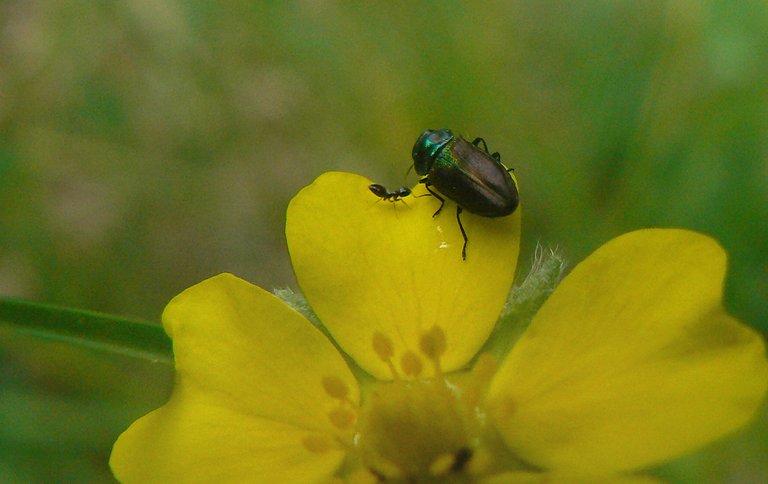
... I noticed an interesting interaction.

It seemed that the tiny ants were pretty territorial about this flower ...

... so whenever the beetle came too close to their feeding ground ... they were attacking, pushing the much bigger insect back to the edges of the petals.
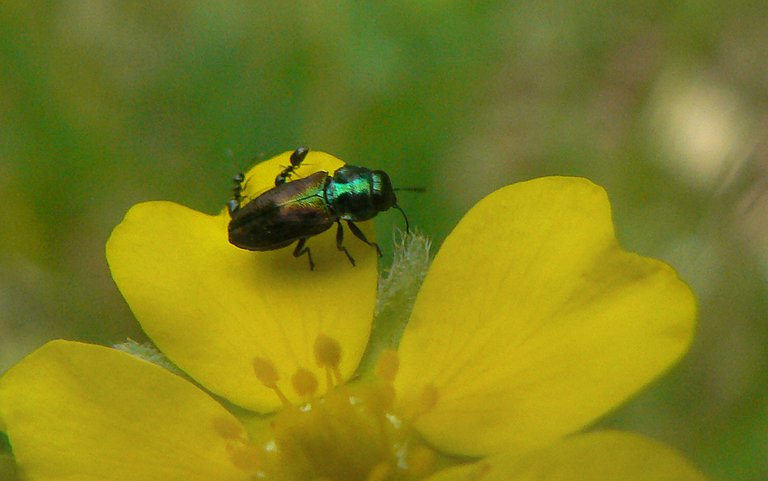
So, what started as a short look at some flower, while passing through the forest ... turned into a much longer photographic experience ...
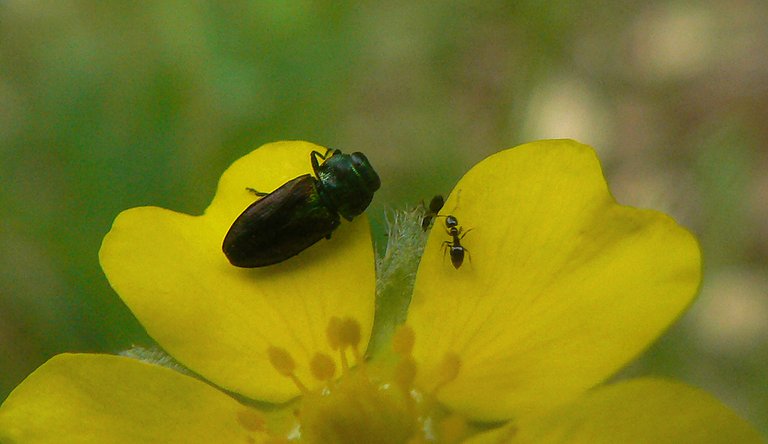
... and a cool new insight into the fascinating world of insects.
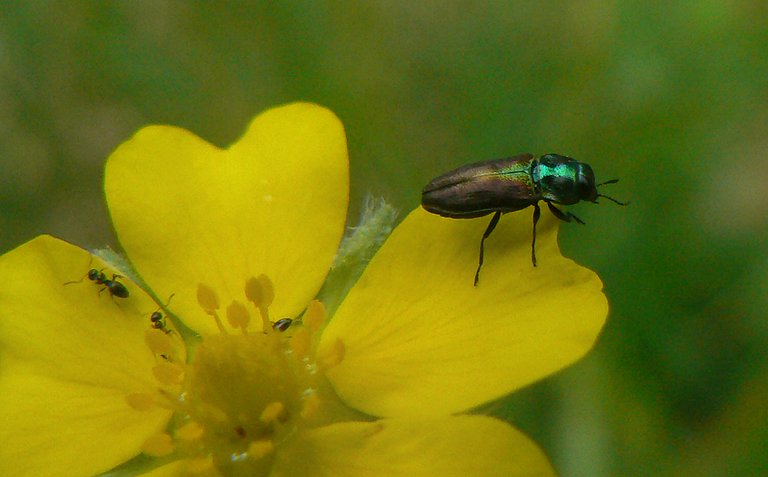
This short report about the beetle and the ants ends here ... but the little winding road goes on ...
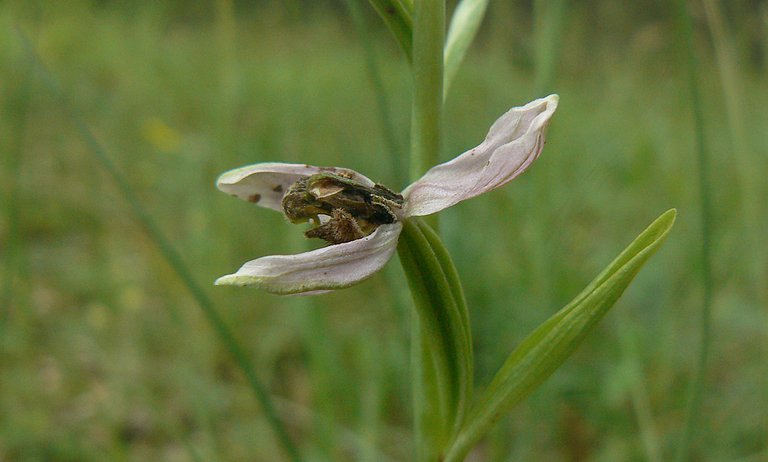
... and so is the post.
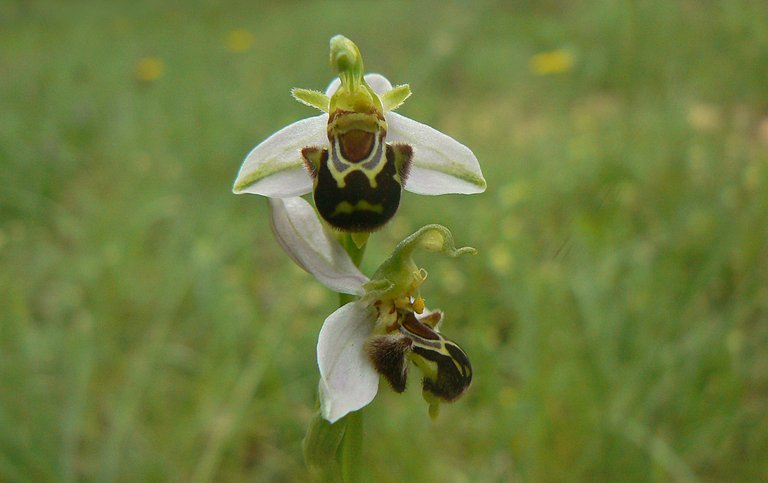
A bit further I came across these orchids. The Orchys apifera.
The strange shape of these flowers is a sophisticated mechanism for deception.
The solitary bee Eucera longicornis acts as the main pollinator in the Mediterranean region, where Ophrys apifera is most common and widespread. The plant attracts these insects by producing a scent that mimics the scent of the female bee. In addition, the lip acts as a decoy as the male bee confuses it with a female.
Here you can take a look at this bee, with the characteristic long antennae. I took this photograph on some other occasion ... and on some other flower.
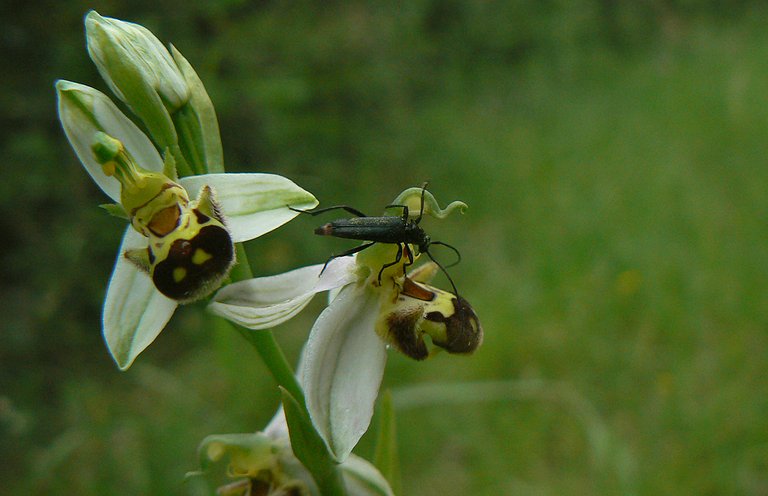
This time I encountered another long - horned insect on the orchids.
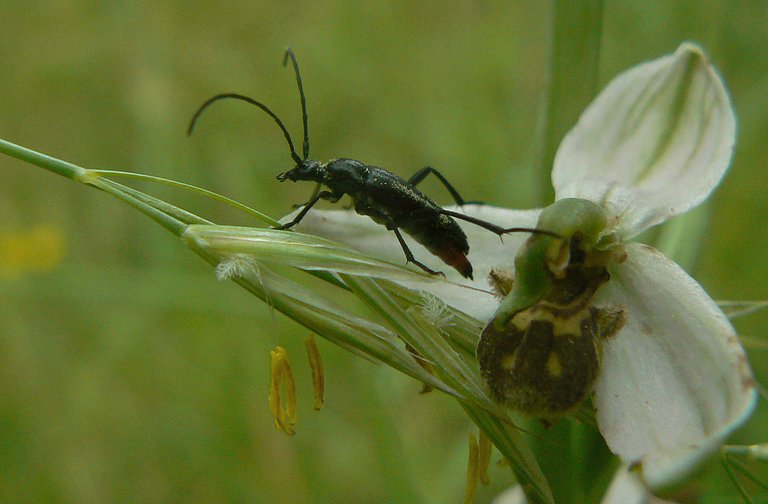
A beetle.
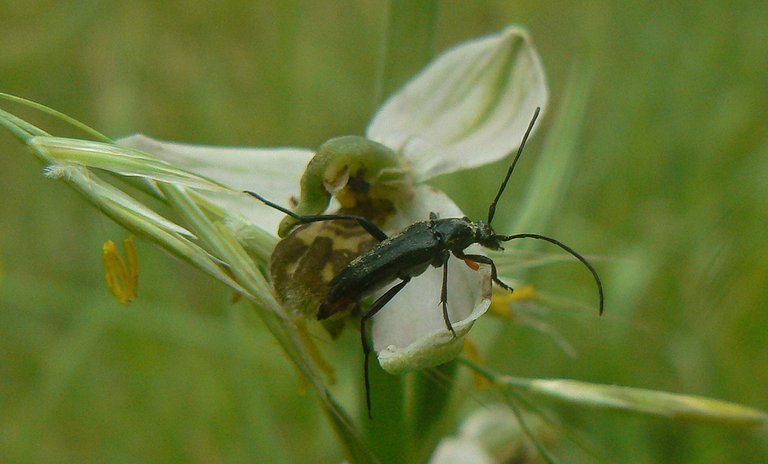
I don't know the exact species. I regularly encounter these elegant black Capricorns on various flowers.
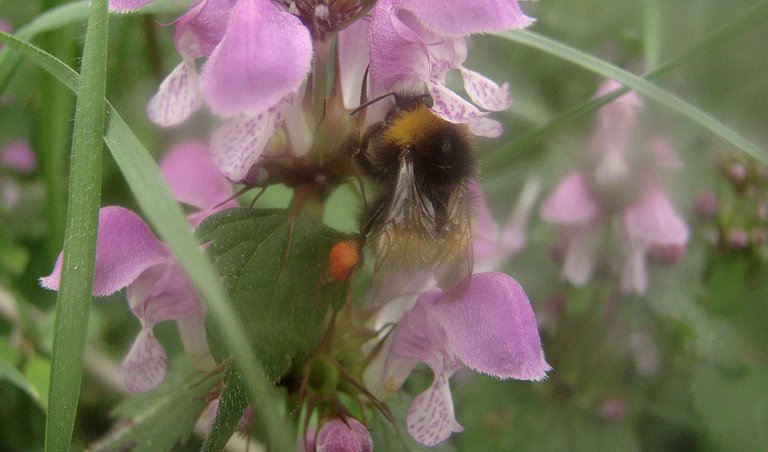
This very common bumblebee is feeding on the false nettle flowers on the edge of the road.
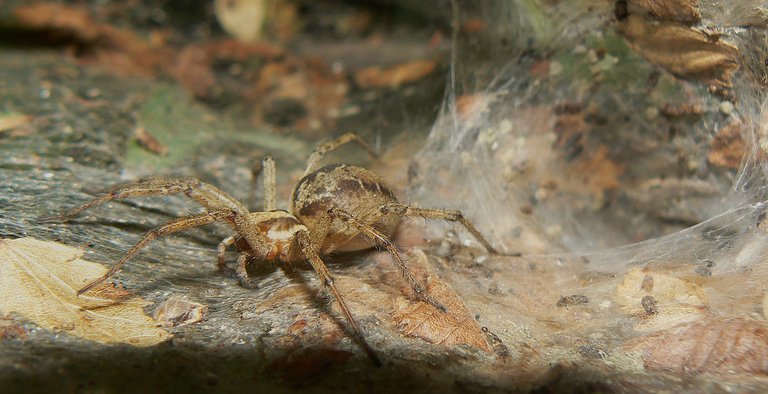
This spider from the Agelenidae family (I don't know the exact species, quite a few similar looking spiders in the family) has built a large comfortable den in the dense vegetation ... on the following photograph ...
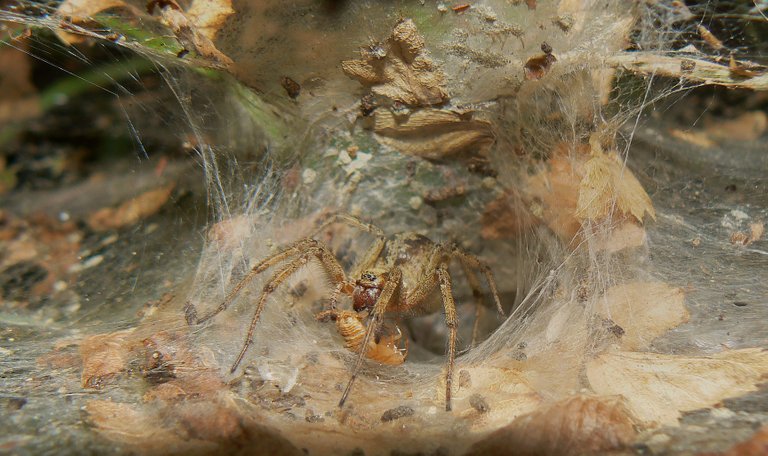 (Enlargeable)
(Enlargeable)
... you can see him with the prey - a small cockroach.
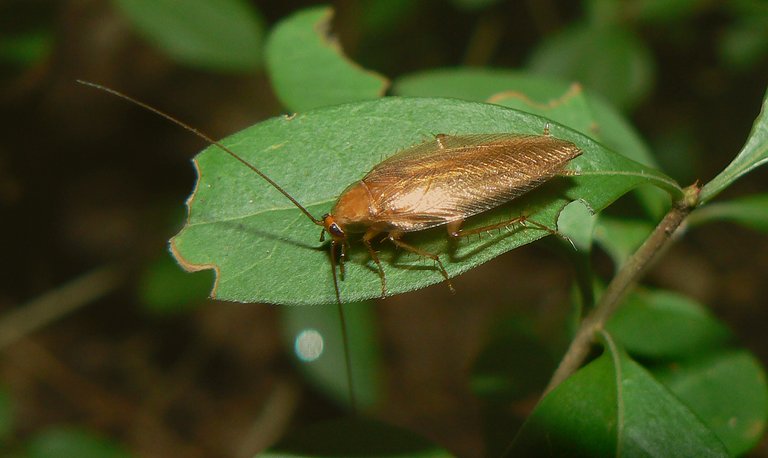
These elegant amber cockroaches are very common and widespread in the woods.
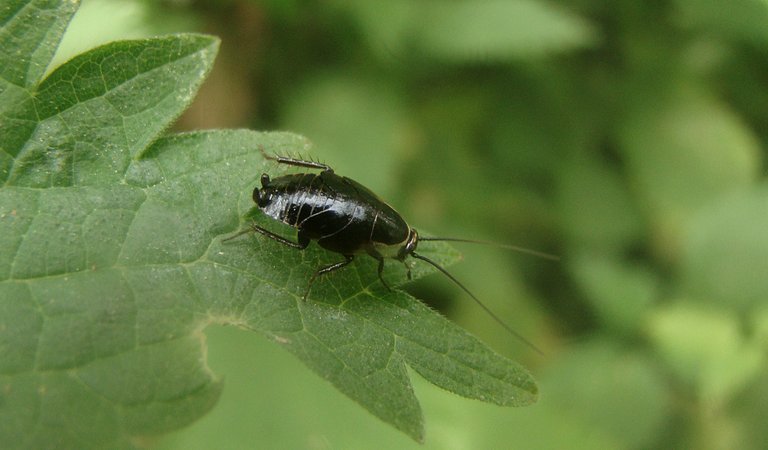
Here is a black species that I encounter less often.
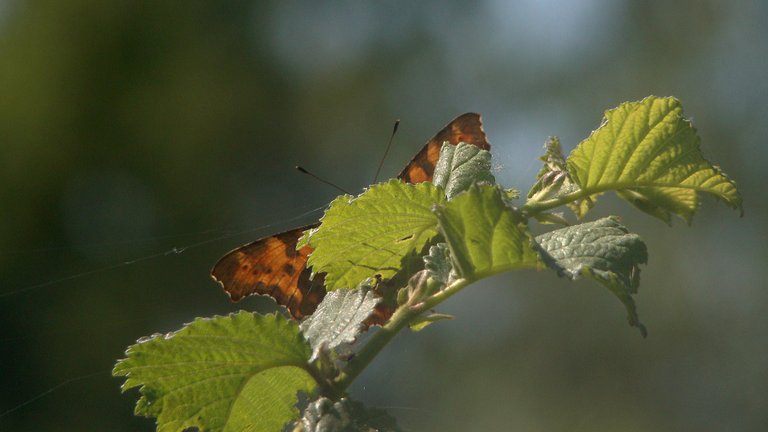 (Enlargeable)
(Enlargeable)
On this photograph you can see a glimpse of the Polygonia c-album butterfly, hiding on the blacberry shrub ... on the following shot ...
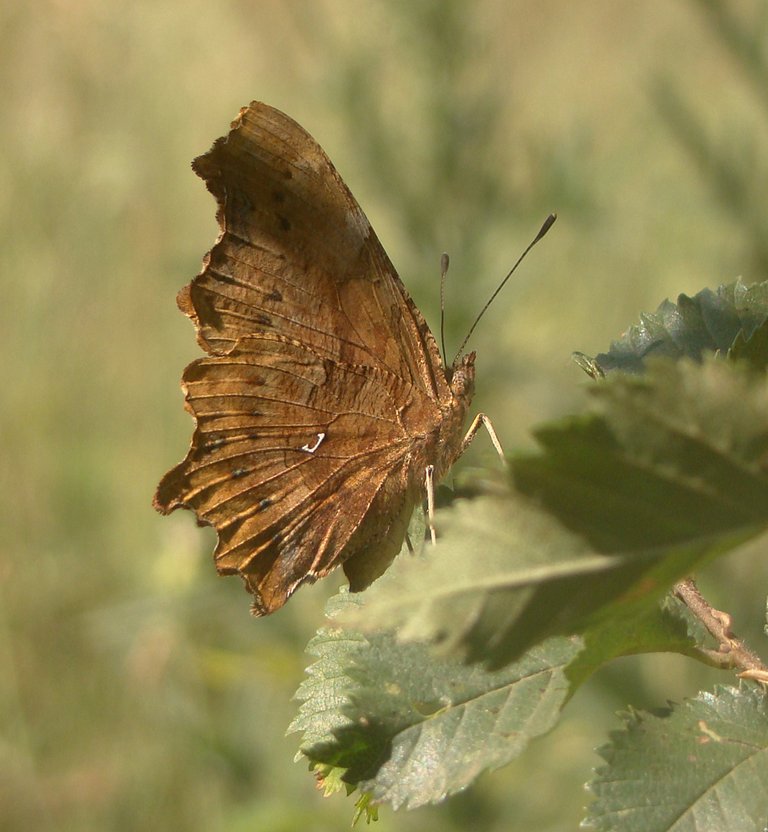
... you can see the entire insect.
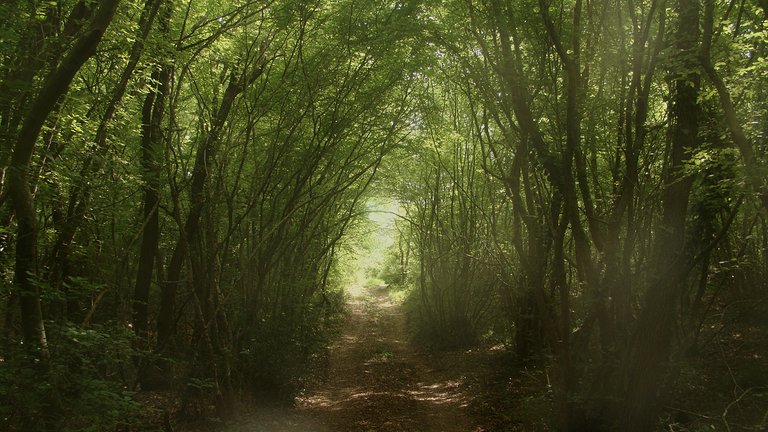
While passing through some sort of tunnel ...
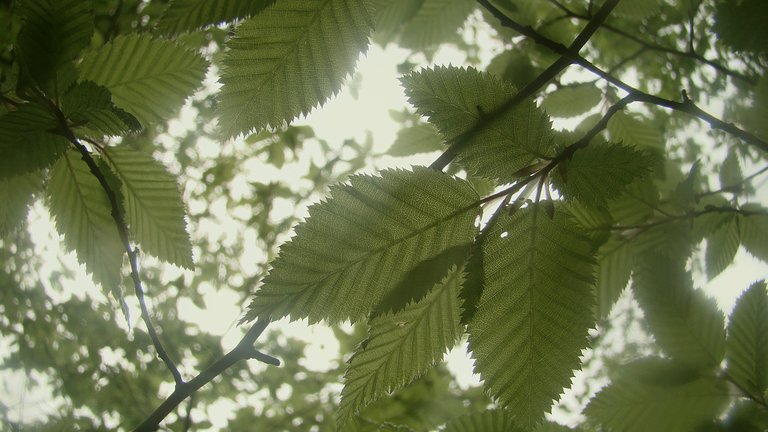
... a passage surrounded by elm trees ...
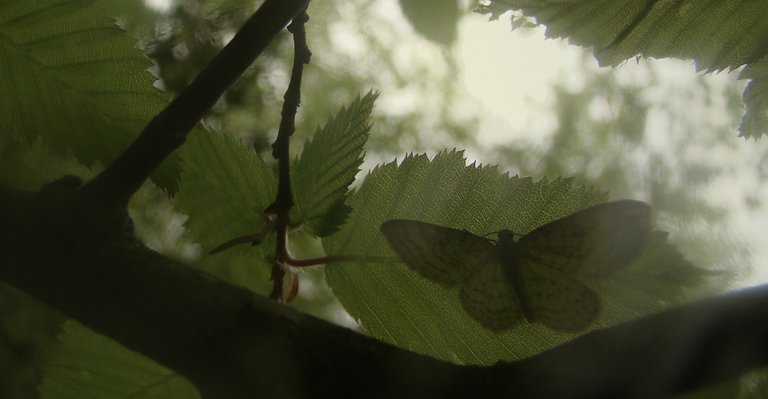
... I noticed a small moth, hidden on the lower surface of the leaf ... and then ...
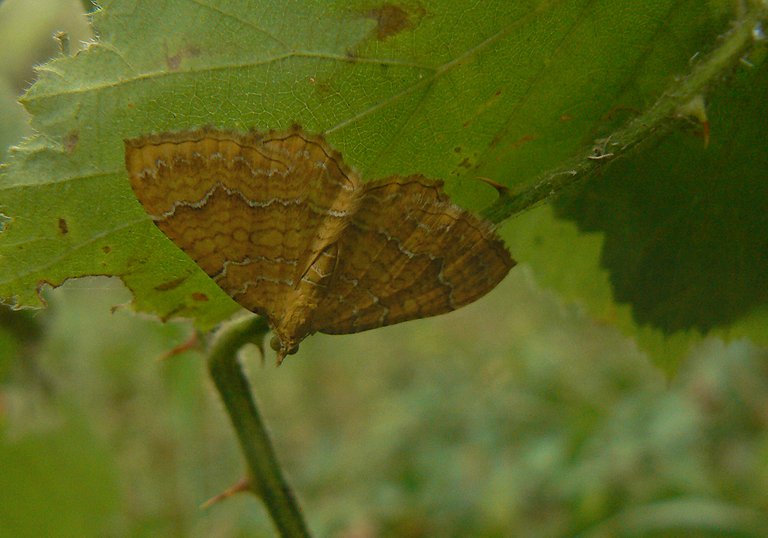
... a bit further ... I found another moth species with the same hiding strategy.
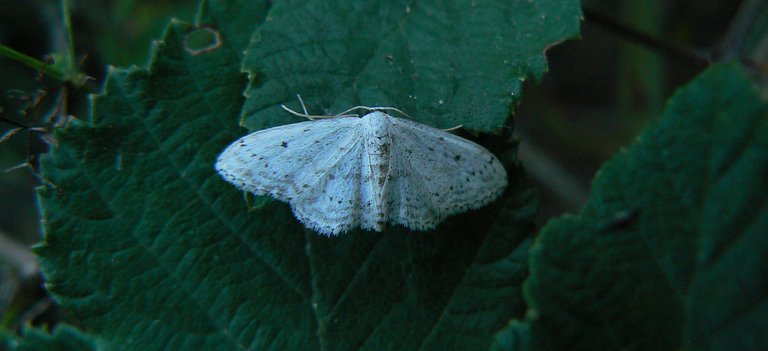 (Enlargeable)
(Enlargeable)
Some time later I found a moth who felt comfortable on the upper surface of the leaf ...
 (Enlargeable)
(Enlargeable)
And then ... very soon ... another one.
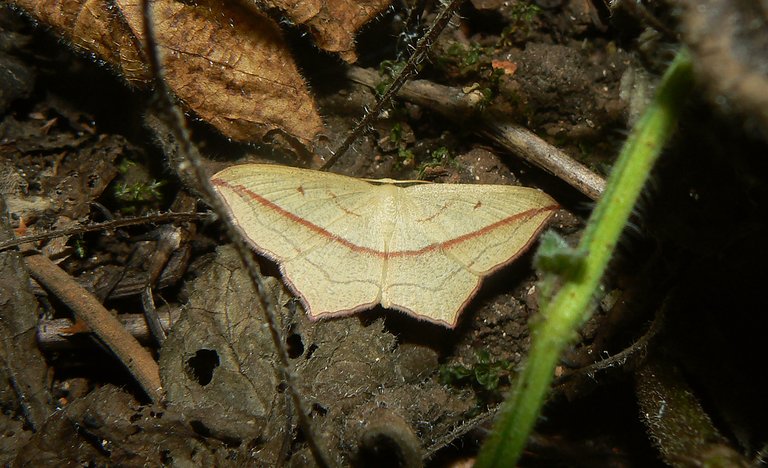
The fifth moth I saw on that occasion ... a very beautiful one ... was down on the ground for a change ... it looked like some small fallen leaf from a distance.
 (Enlargeable)
(Enlargeable)
While passing through the part of the forest with bigger trees ...

... I was enjoying a more open, wider view ...
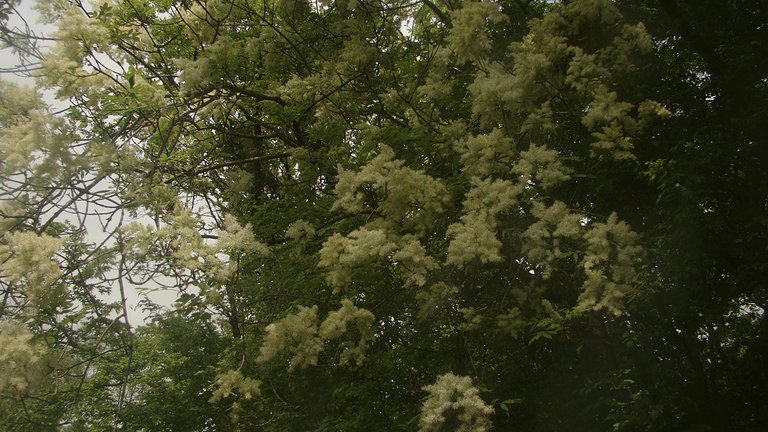
... and there, in the dense foliage of the tree tops ...
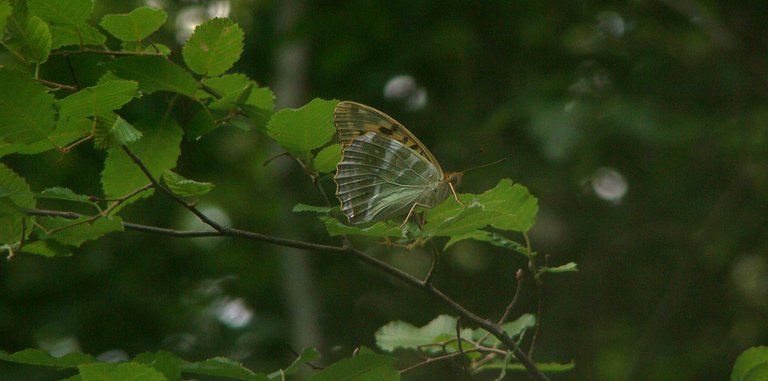
... I spotted the very well hidden Argynnis paphia butterfly.
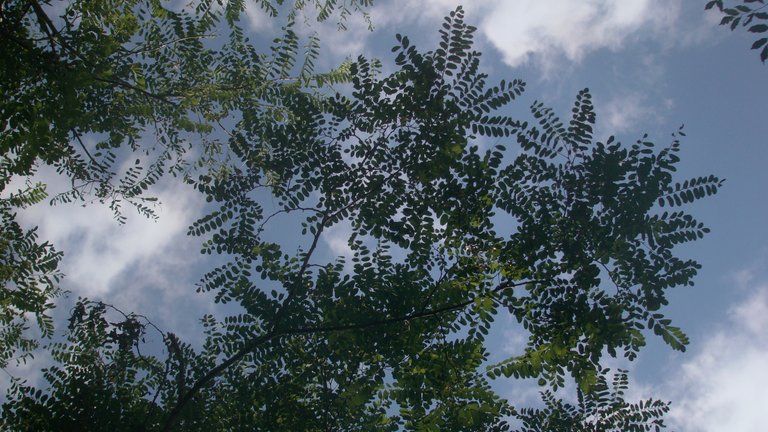 (Enlargeable)
(Enlargeable)
Some steps further ... and some time later ... also on the branches ...
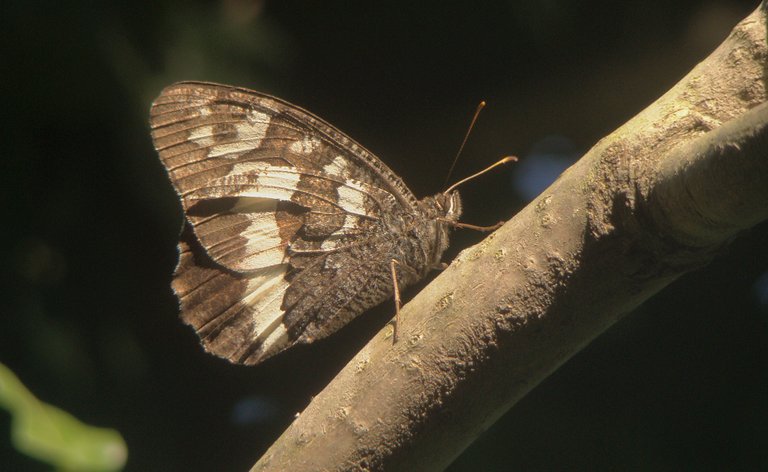 (Enlargeable)
(Enlargeable)
... I saw this pretty large Brintesia circe butterfly.
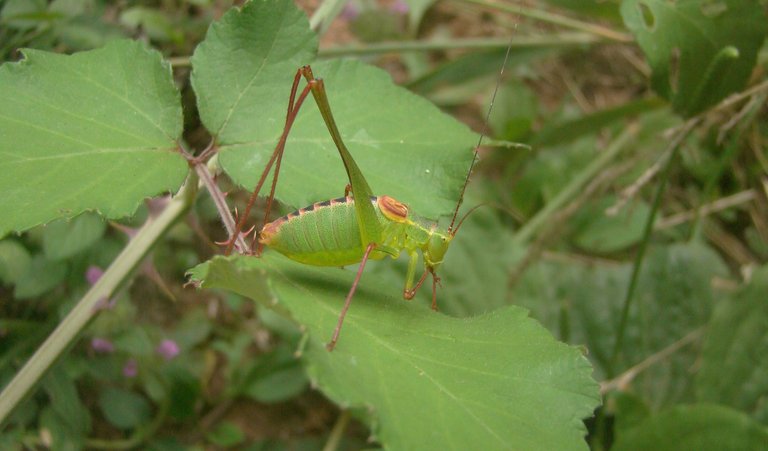 (Enlargeable)
(Enlargeable)
On this part of the road I encountered also many bush crickets. This green one was cleaning one of the fore legs ... the picture is enlargeable so you can take a better look at this cleaning process ... on the following enlargeable photograph ...
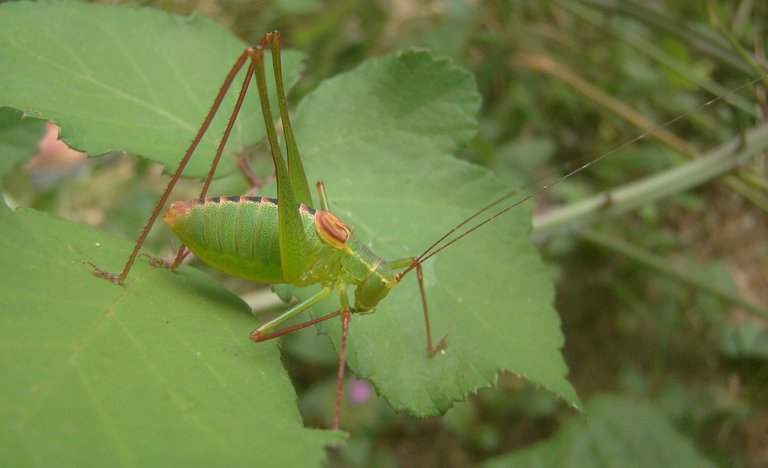 (Enlargeable)
(Enlargeable)
... you can see the same cricket cleaning another leg. This cleaning is very important for the feet to be always adhesive while walking on smooth foliage.
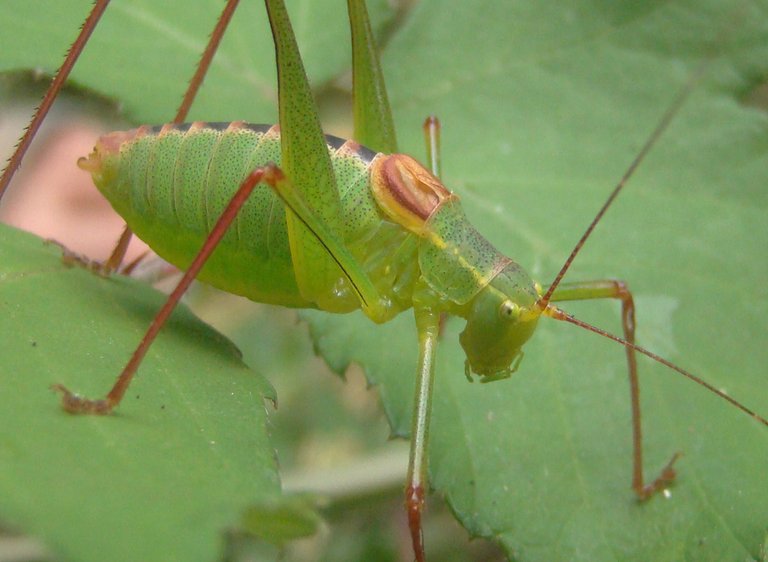
Leptophyes laticauda is the name of this species.
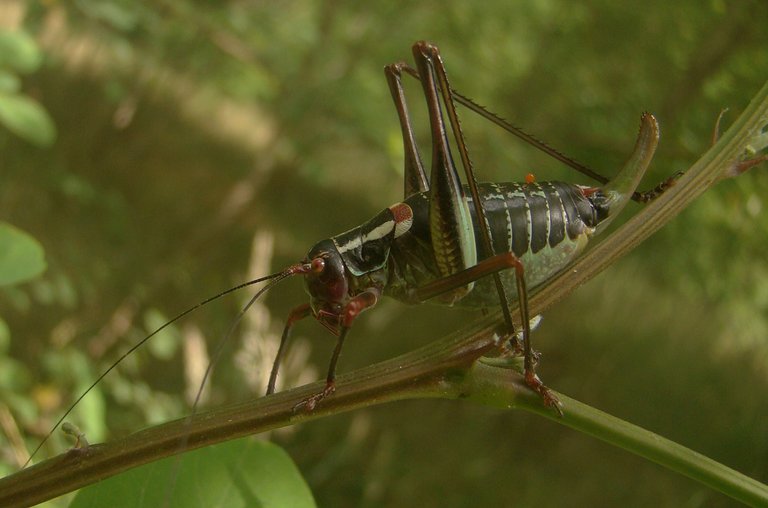
I don't know the name of this beautiful darker species.
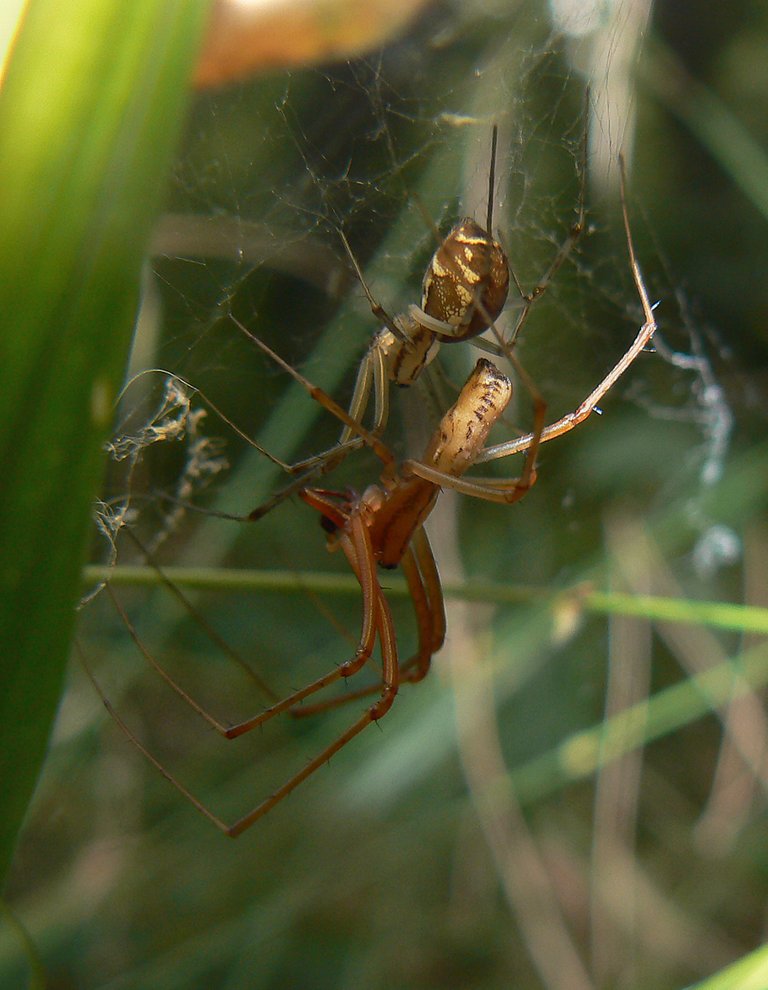
Here you can see small spider species, the very common one in these woods. Both, the male and the female, are present on the photograph.

This shot was taken on the lower branches of some tree. The Robber fly has caught a Hoverfly.
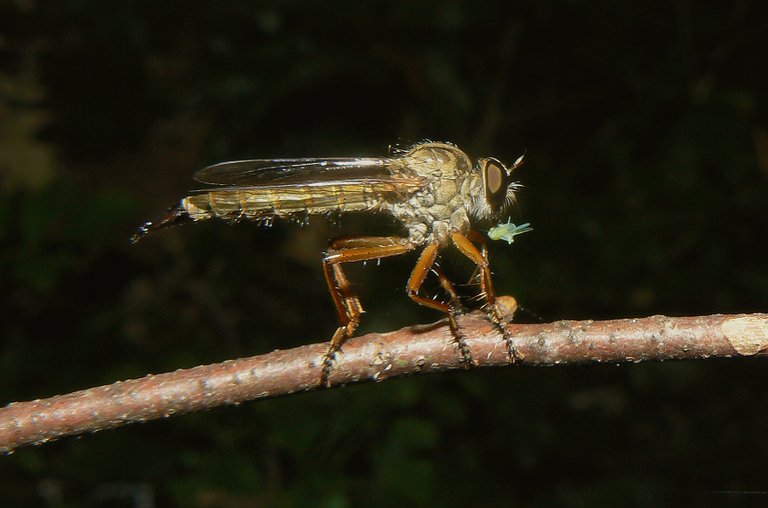 (Enlargeable)
(Enlargeable)
Here you can see the Robber fly with some much smaller prey.
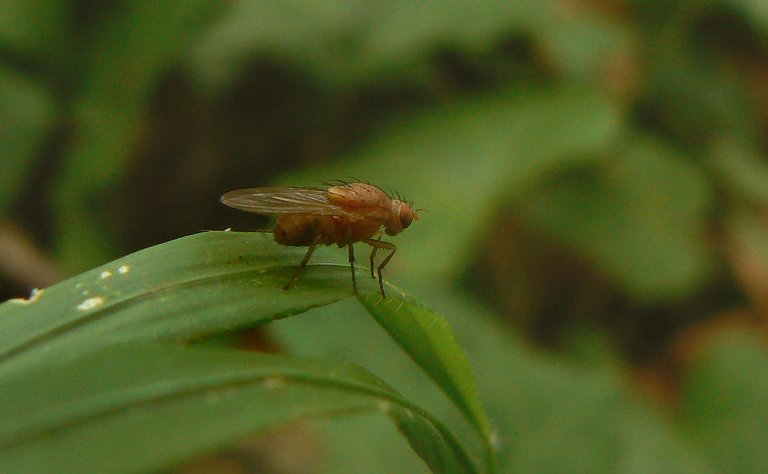
Here is a very small fly ... I don't know the species ... but is very common in this area.
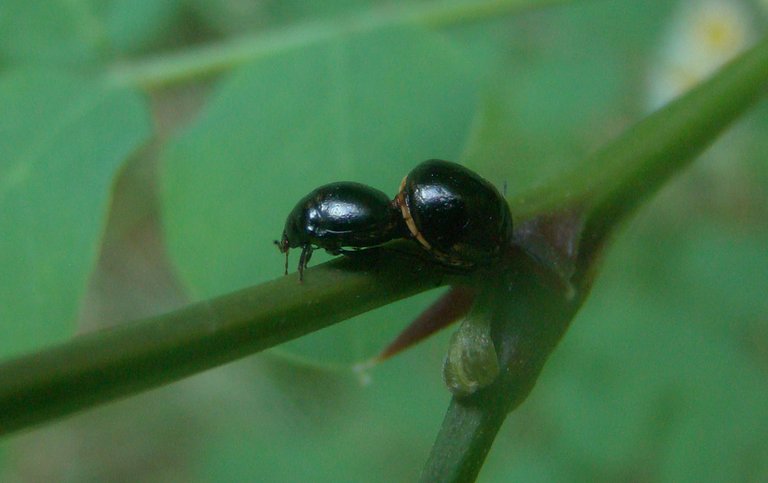
These minuscule bugs are mating on the branches of the acacia tree.
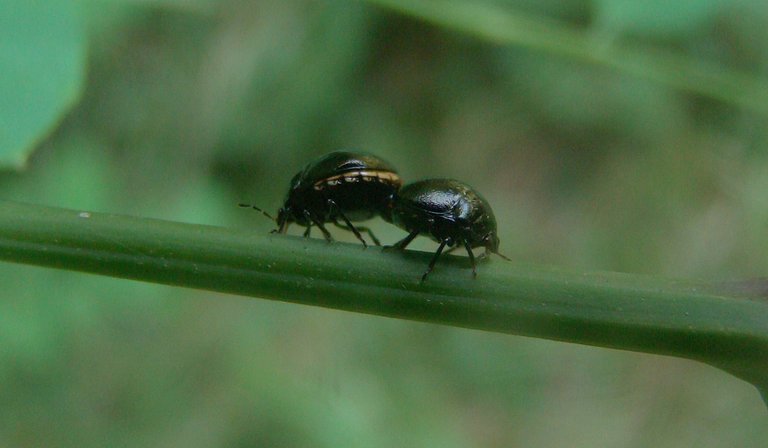
I saw this small round species only once ... and I can't tell you anything else about these Hemipteran insects.

This tiny lady beetle is the Psyllobora vigintiduopunctata. She can be found in a large variety of habitats ... even in my garden.
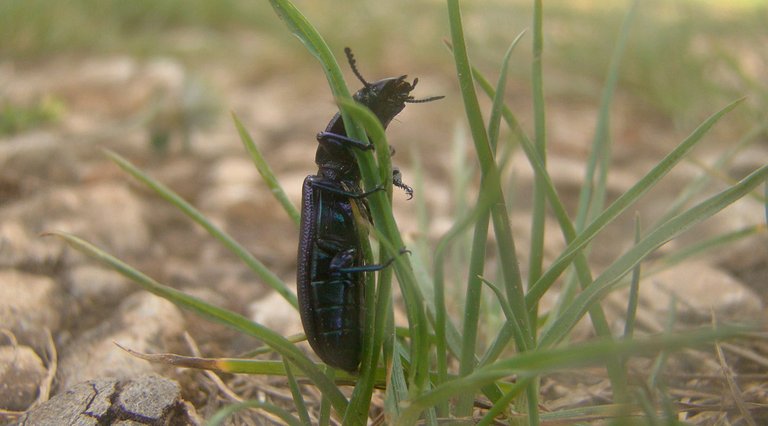 (Enlargeable)
(Enlargeable)
In the more opened area, at the edge of the forest, near the coastal meadows ...

... I found this beautiful shiny beetle.
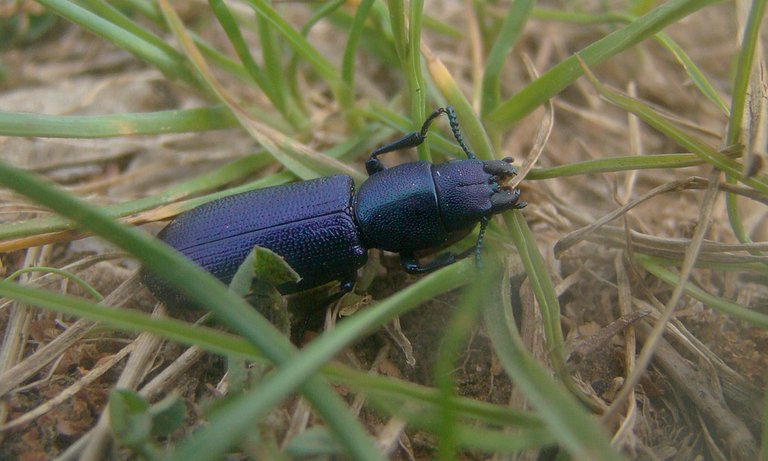
I think this is the platycerus caraboides, a smaller relative of the European stag beetle ... but I'm not sure.
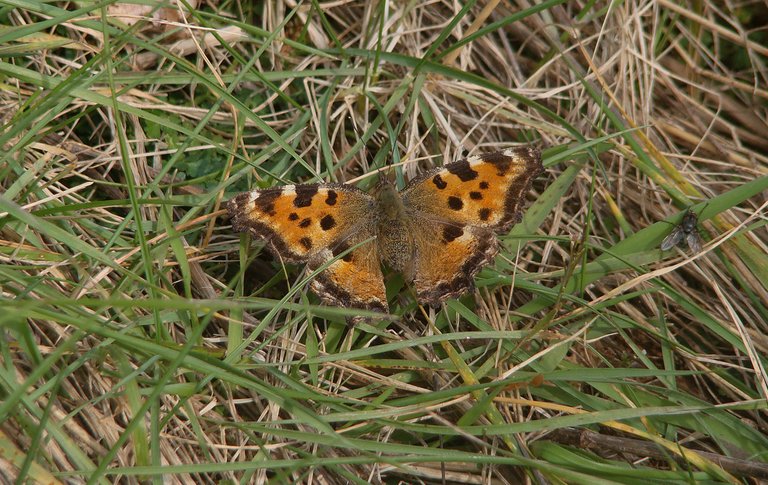
Also here, at the end of the road ...

... I encountered this Nymphalis polychloros butterfly.
As always in these posts on HIVE, all the photographs are my work.
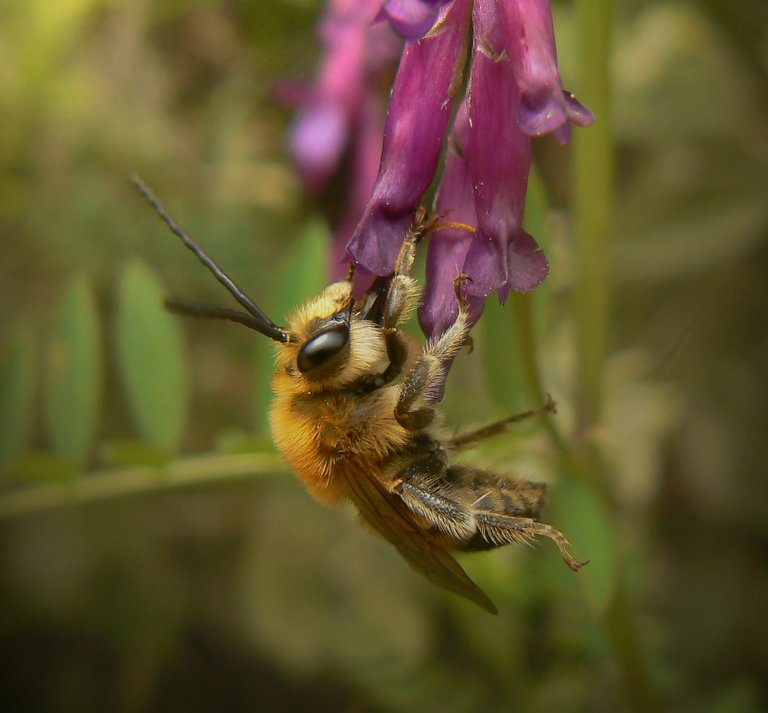
@tipu curate
Upvoted 👌 (Mana: 15/20)
Thank you
Wow! That's quite a good collection of insects from one walk... Love the photos of the forest too!
Thanks. :) Glad you like this report from the woods.
It is always impressive what a variety of insects you show in your first-class macro shots. Really a great job!
Have a nice weekend 😀
Thanks. :)
tremendous work done. Exploring nature and getting to know through their work the different actors or animals of different names and characteristics and the way they relate to nature as part of it in that survival ecosystem. Cheers
Thanks :)
Hi, beautiful photos my friend!)
Thanks :)